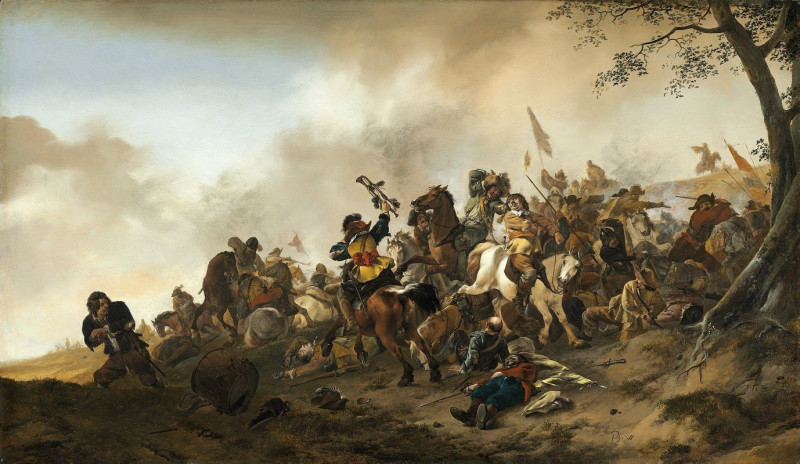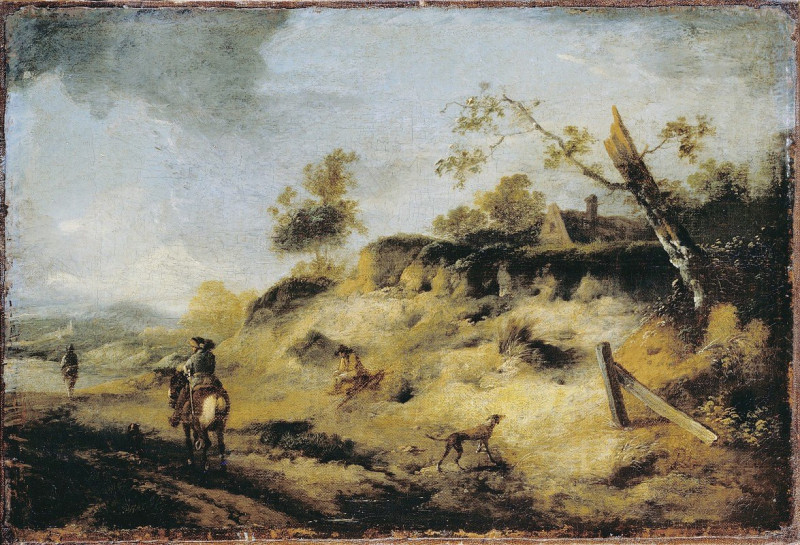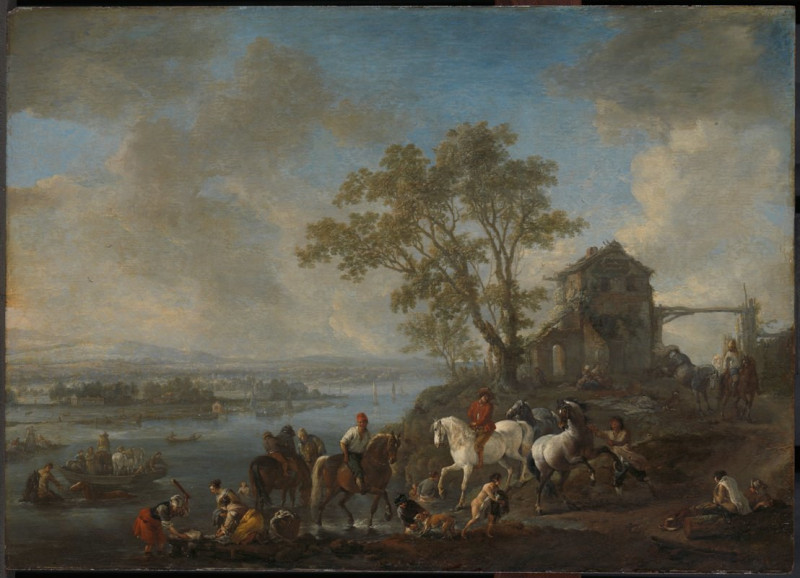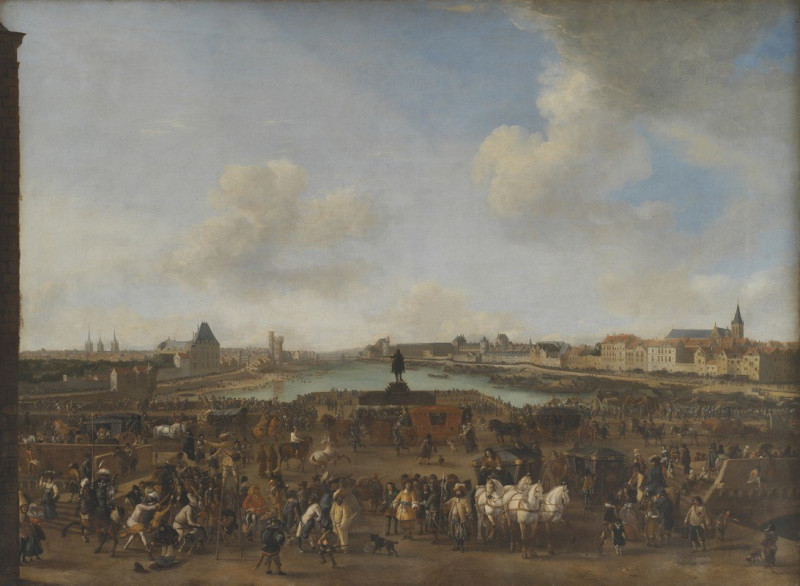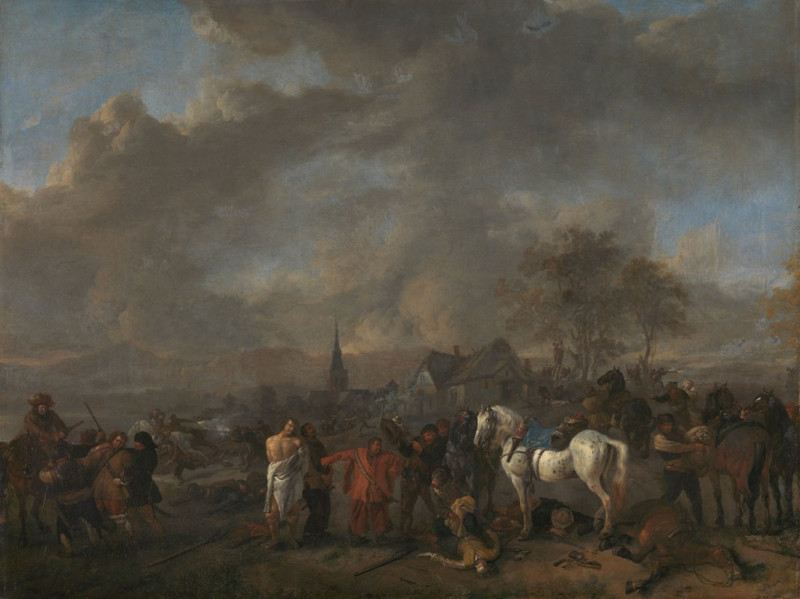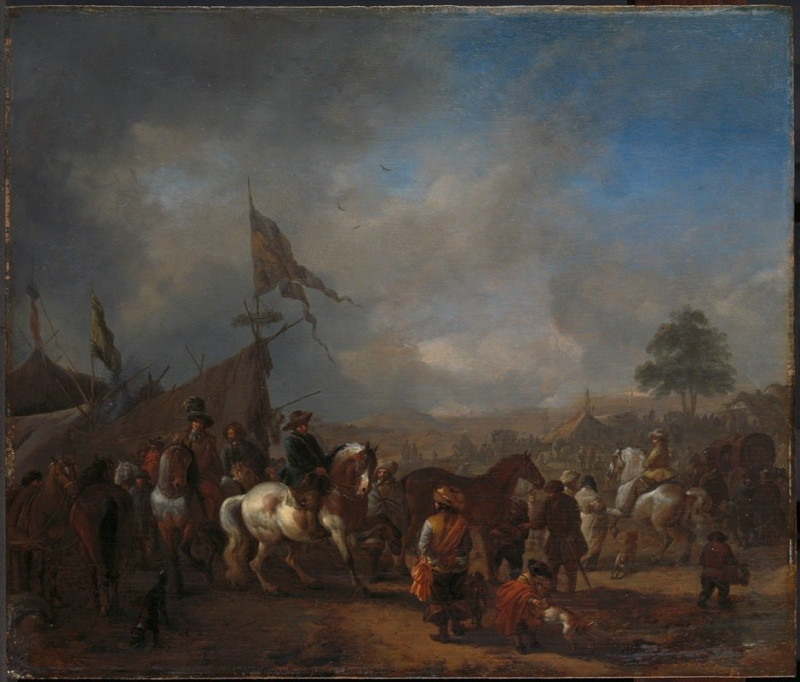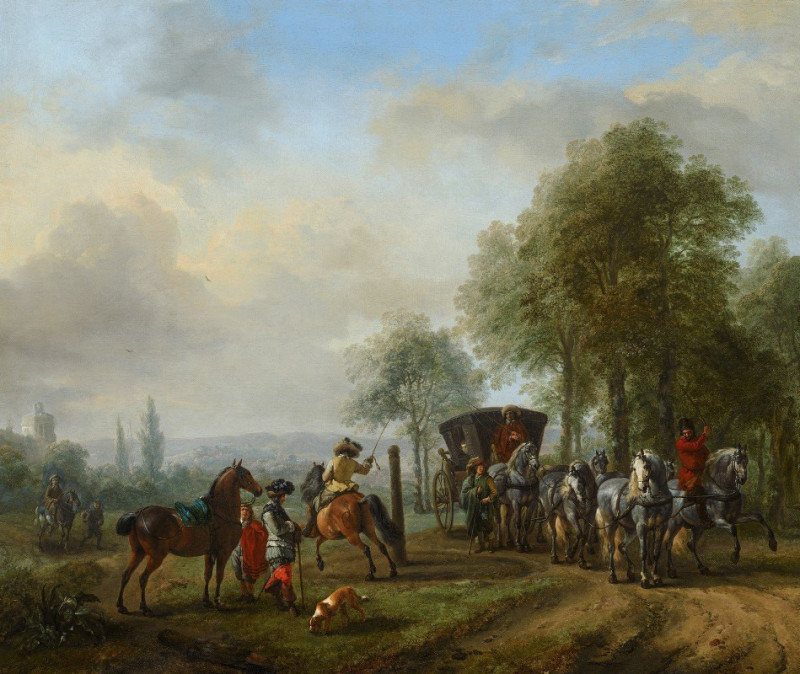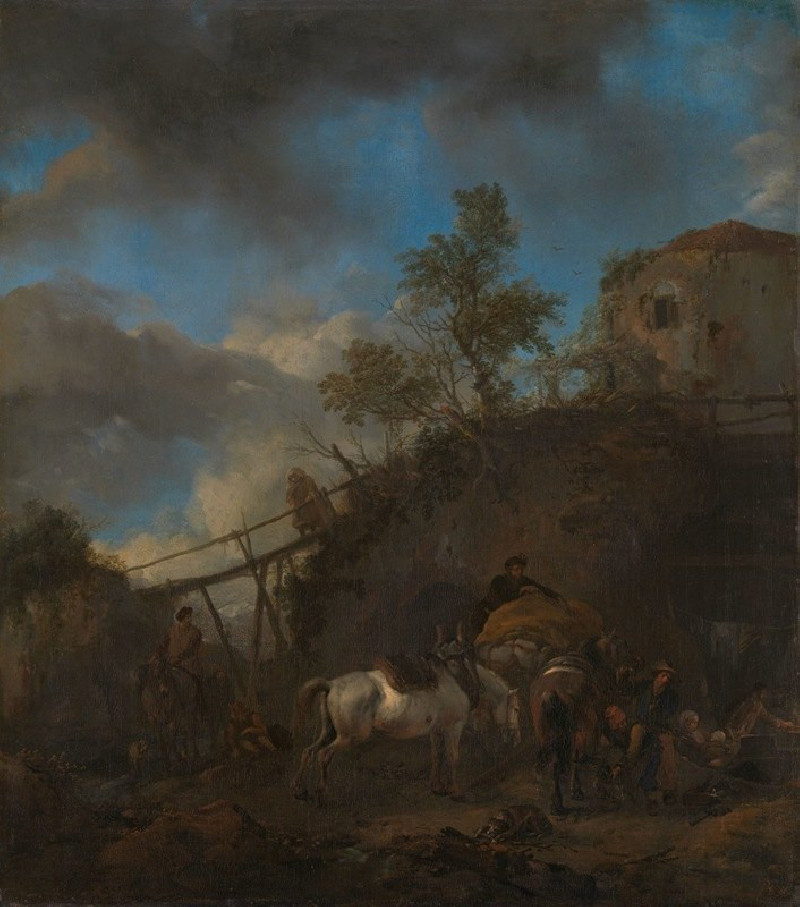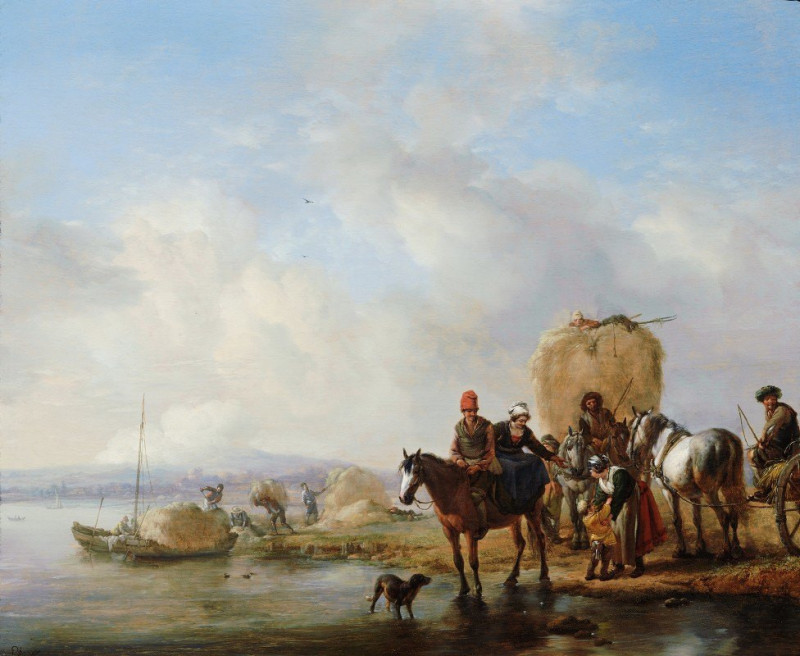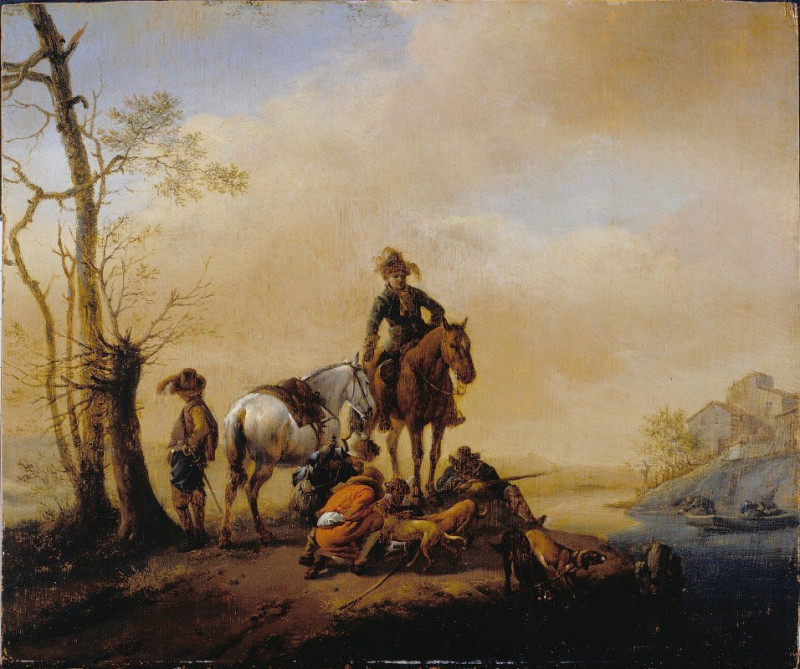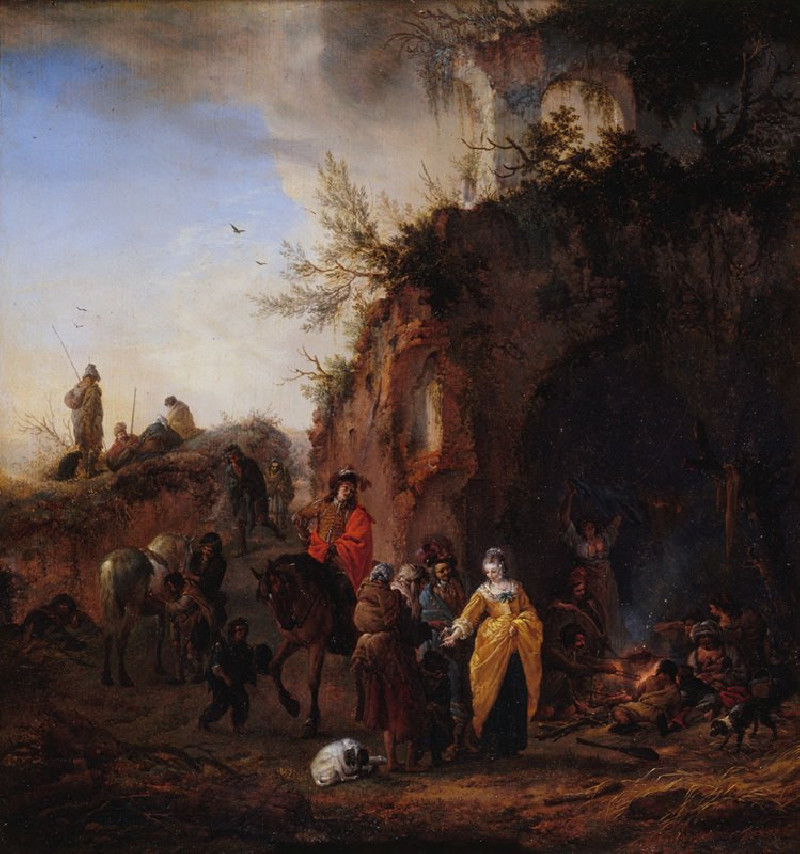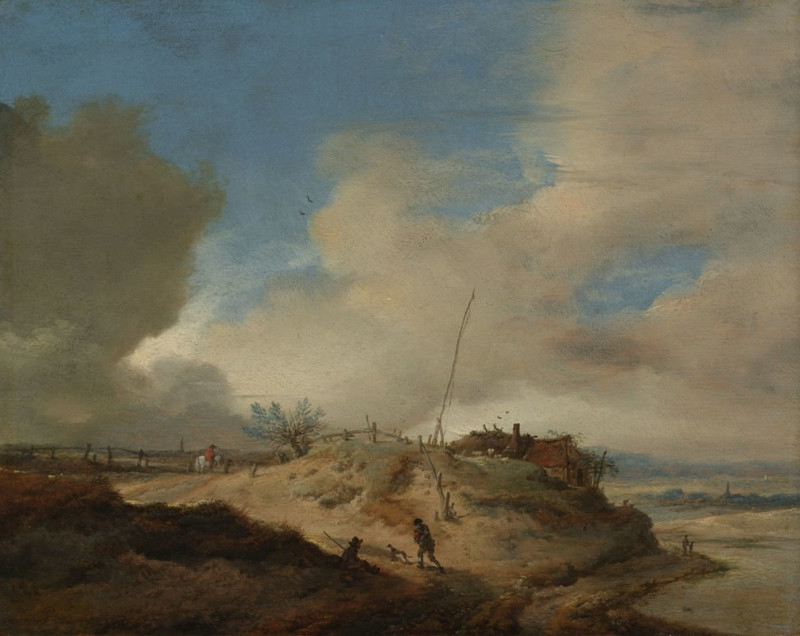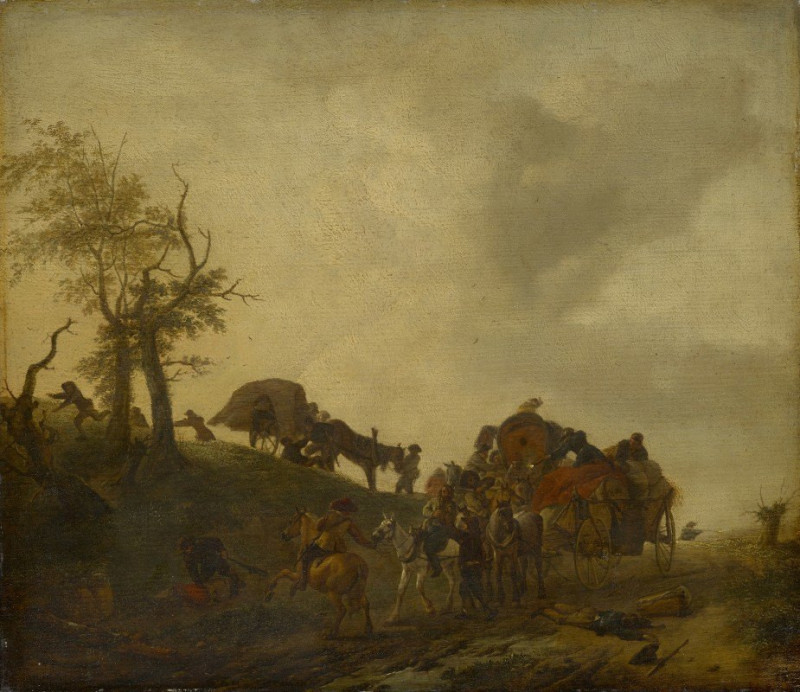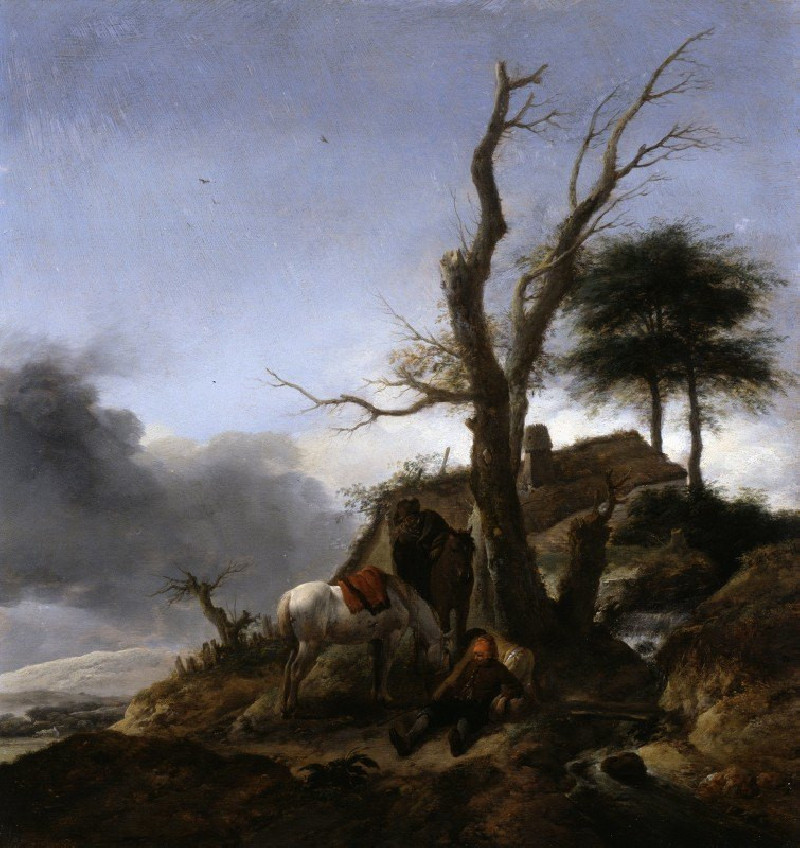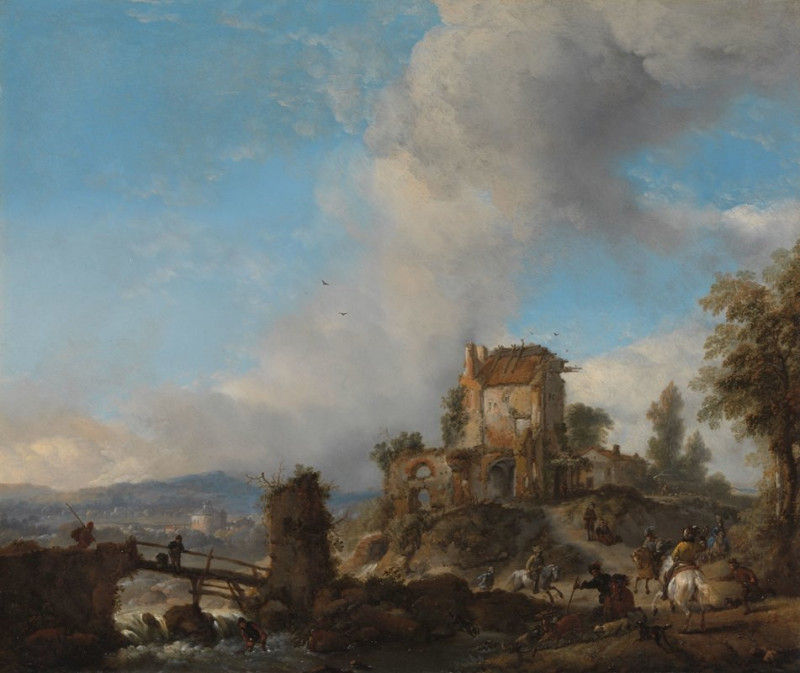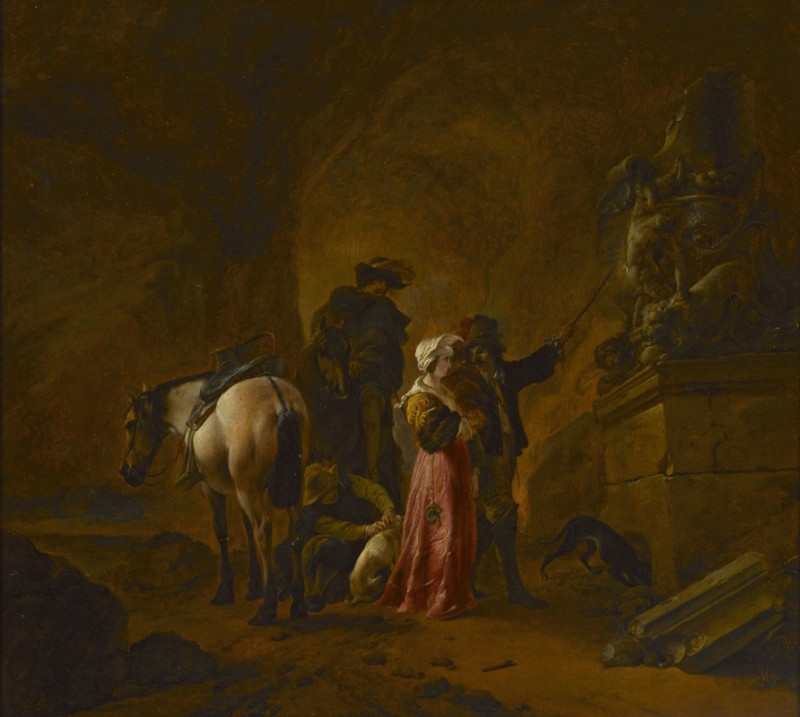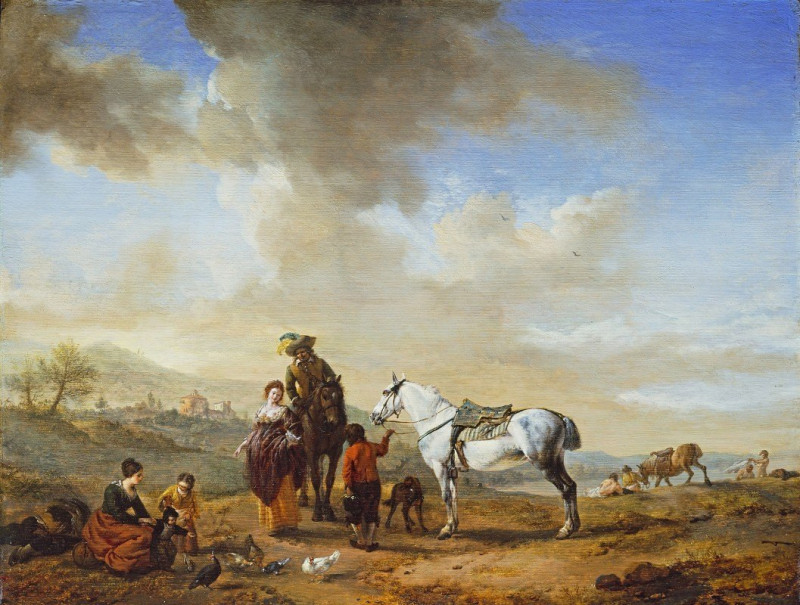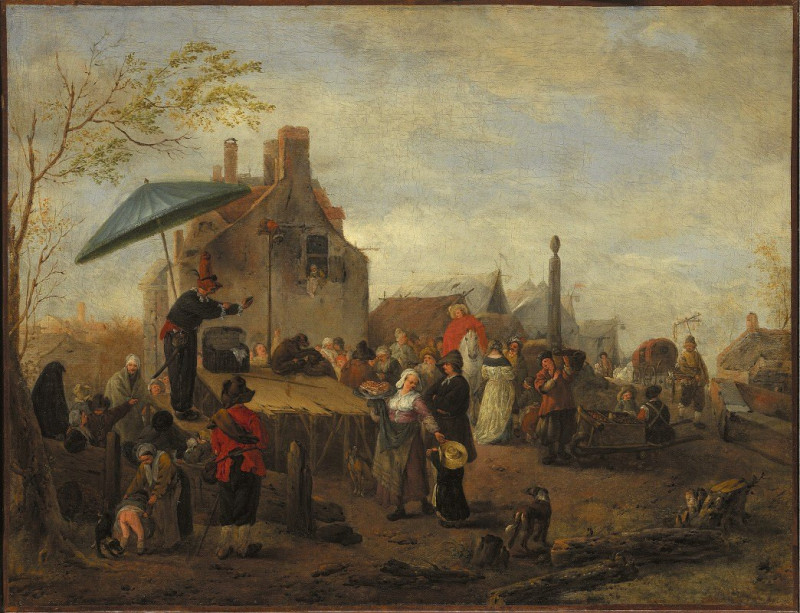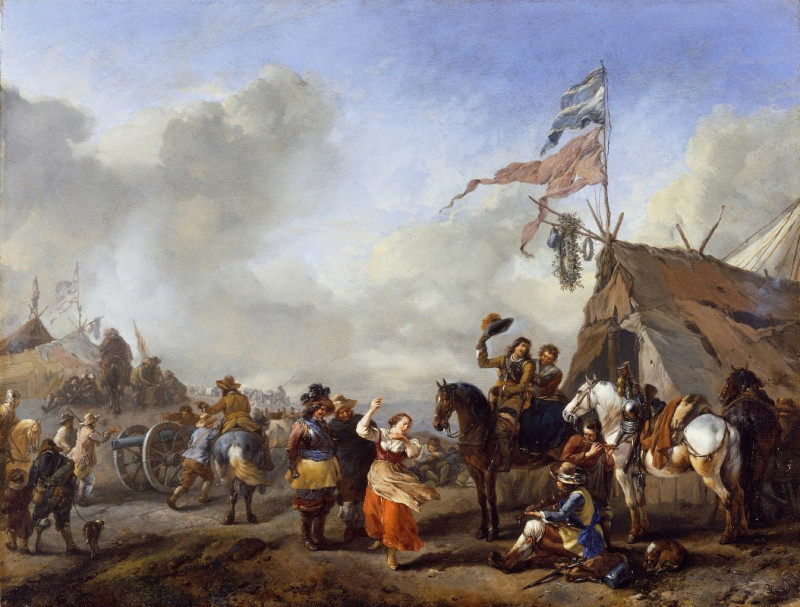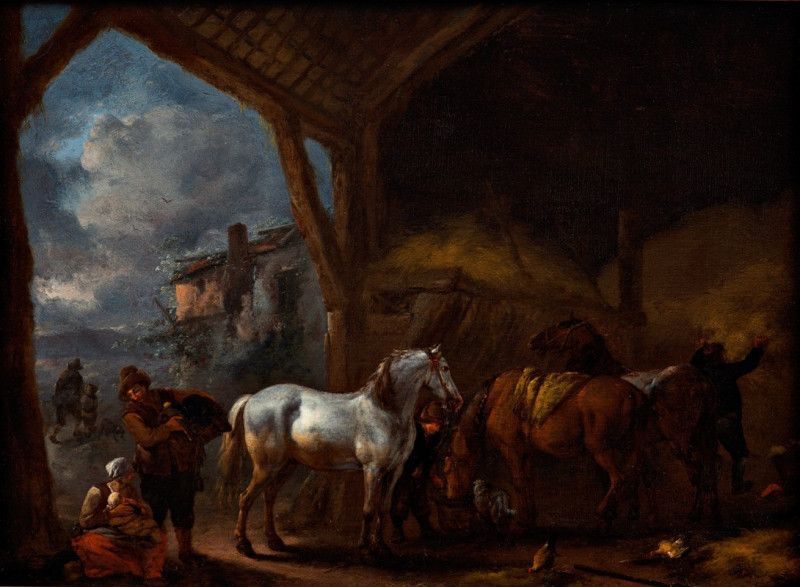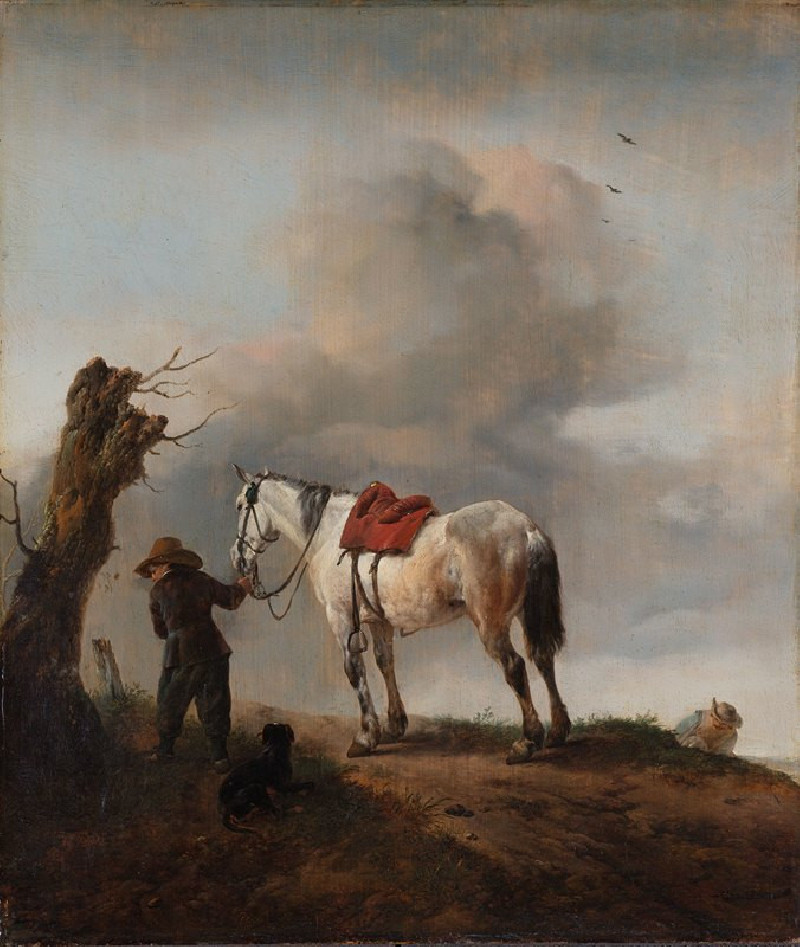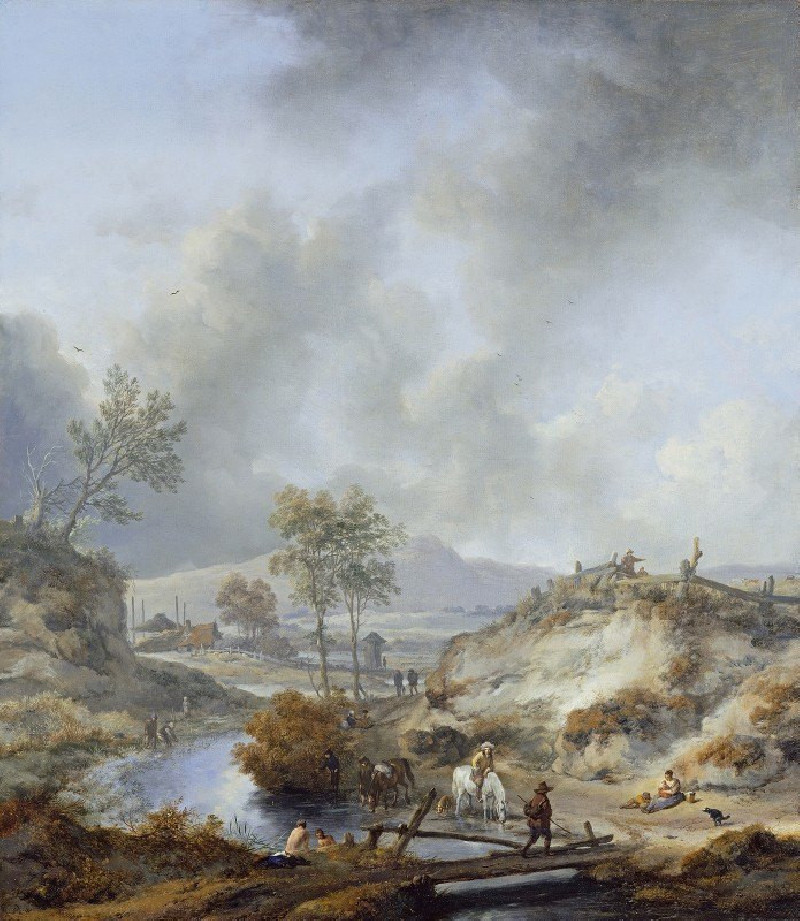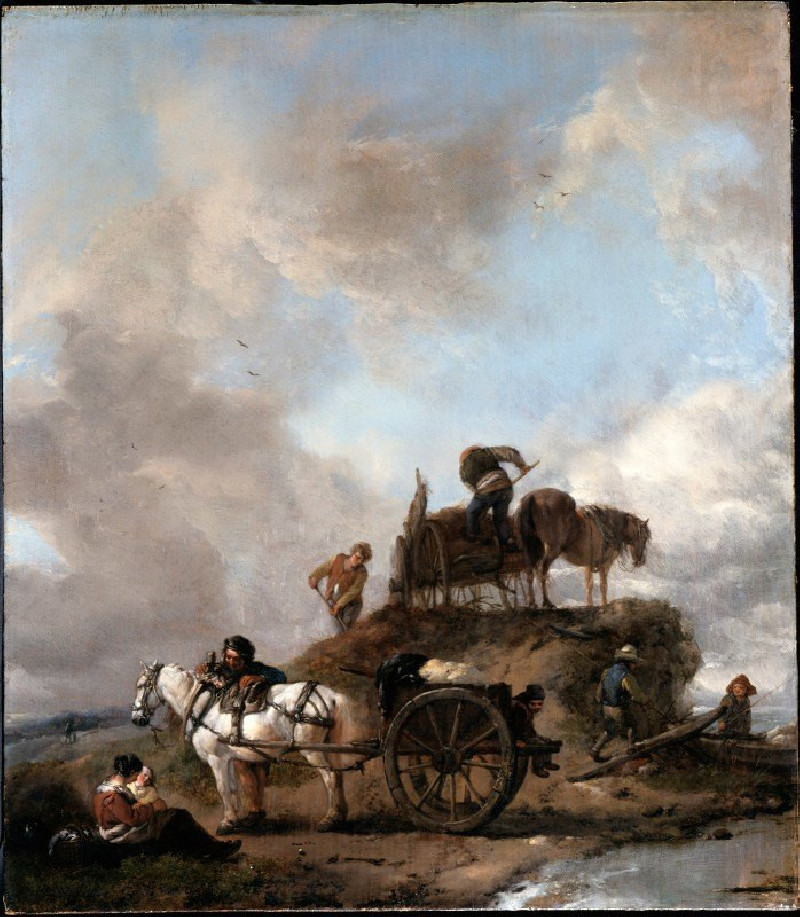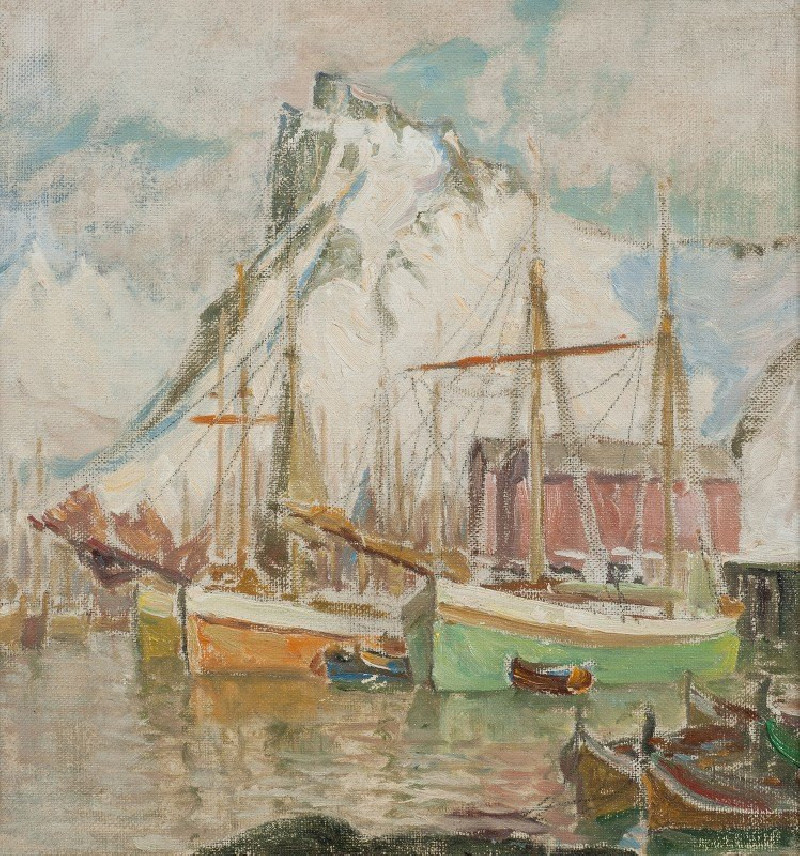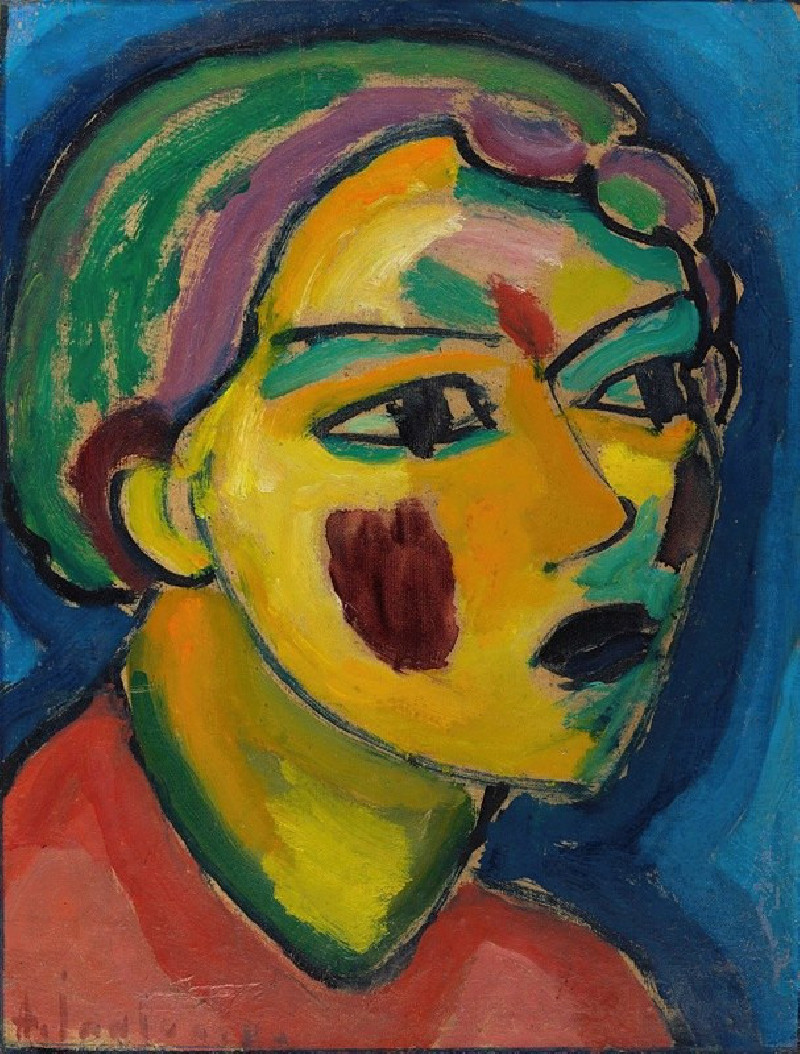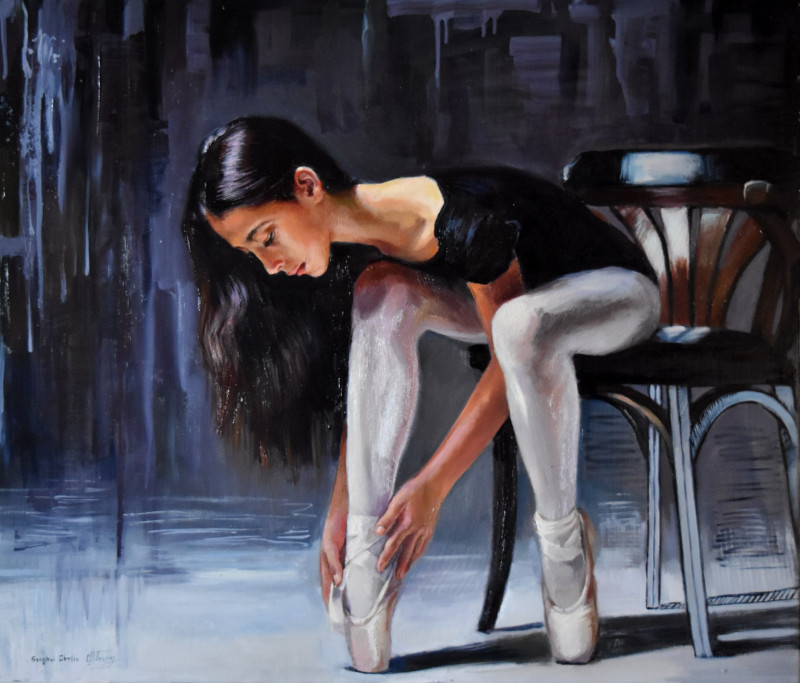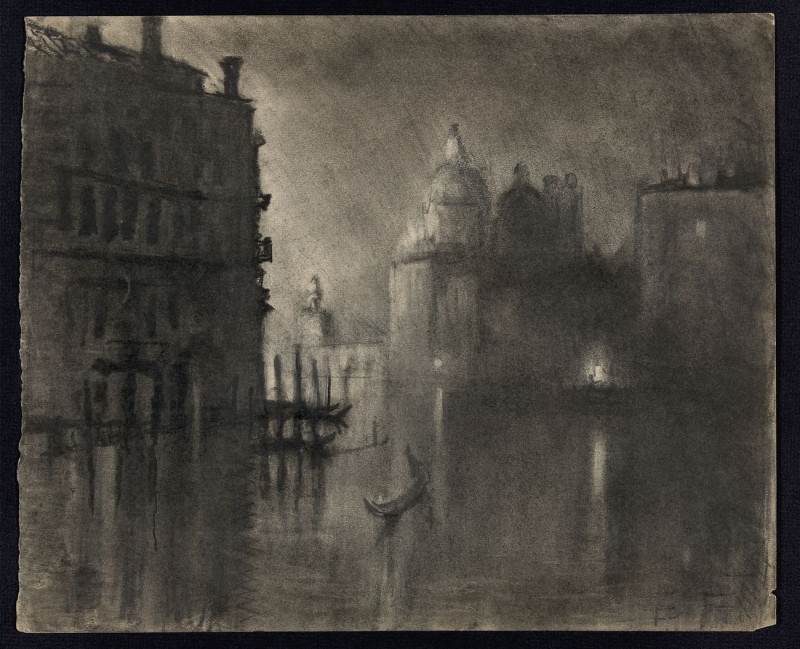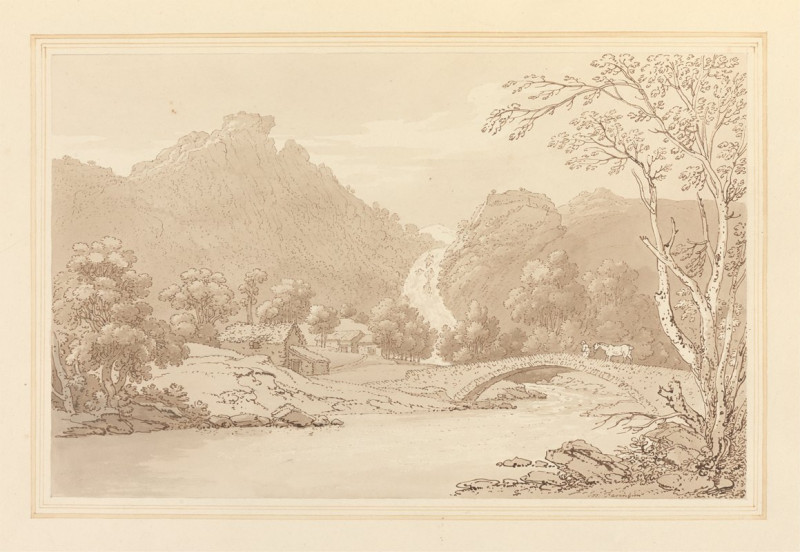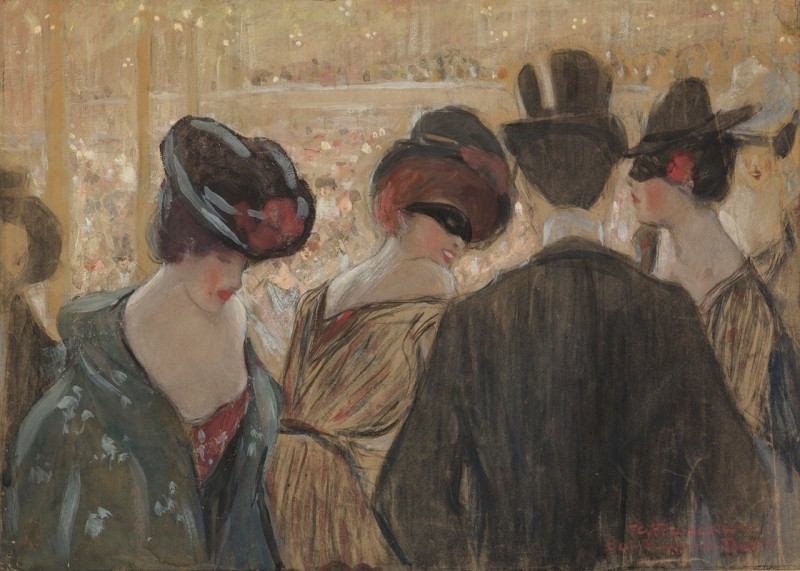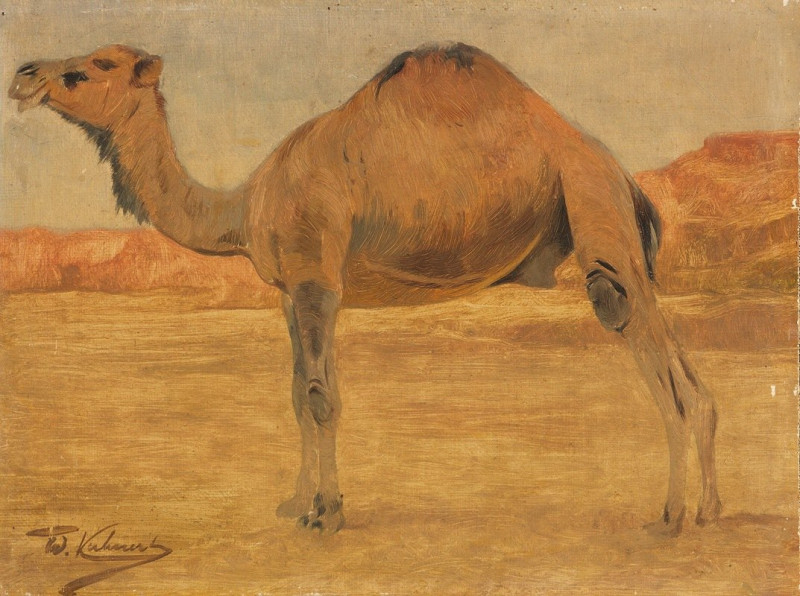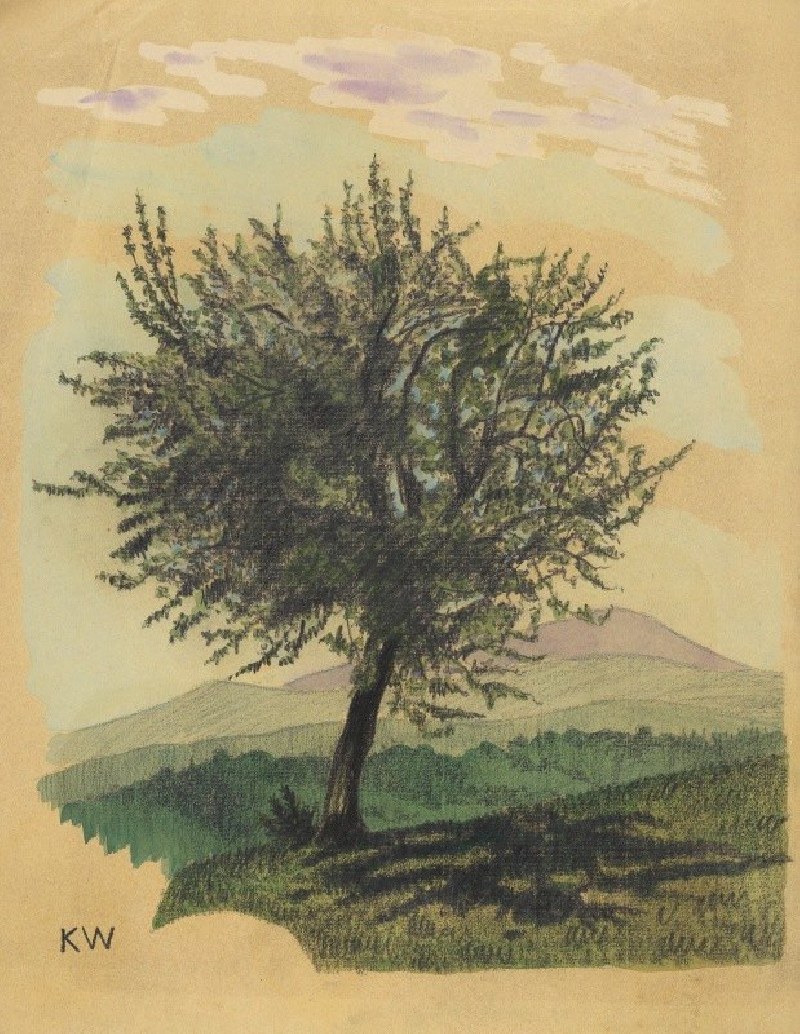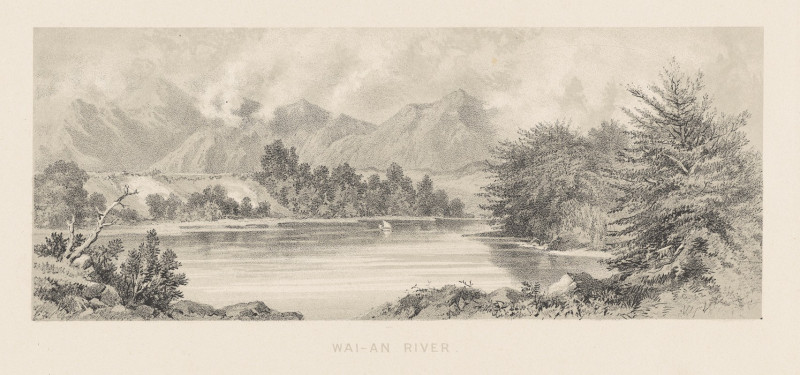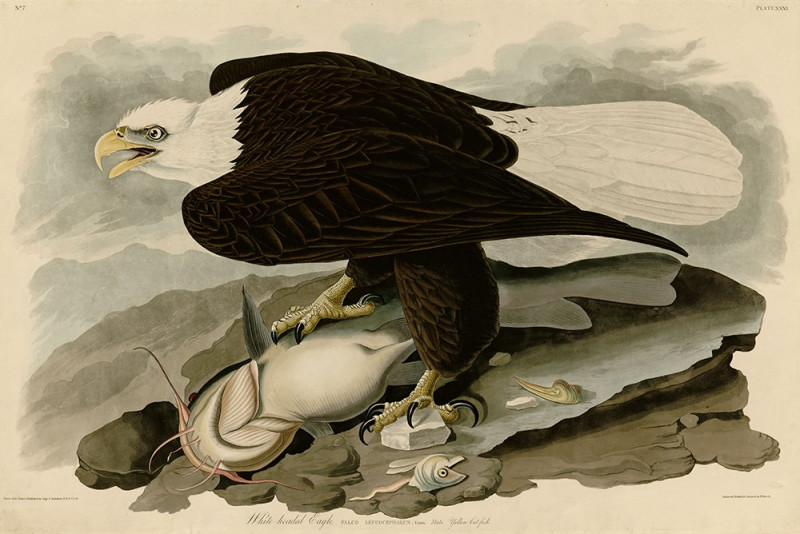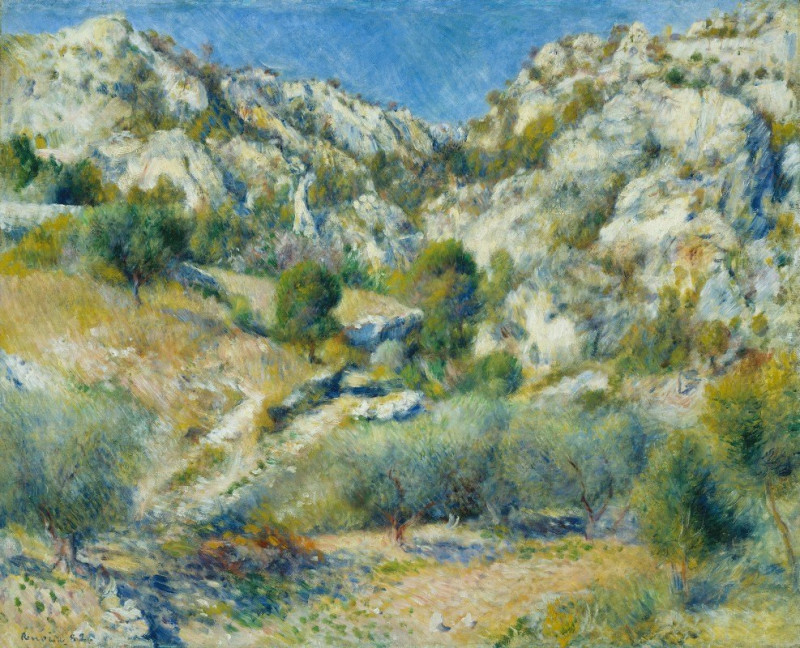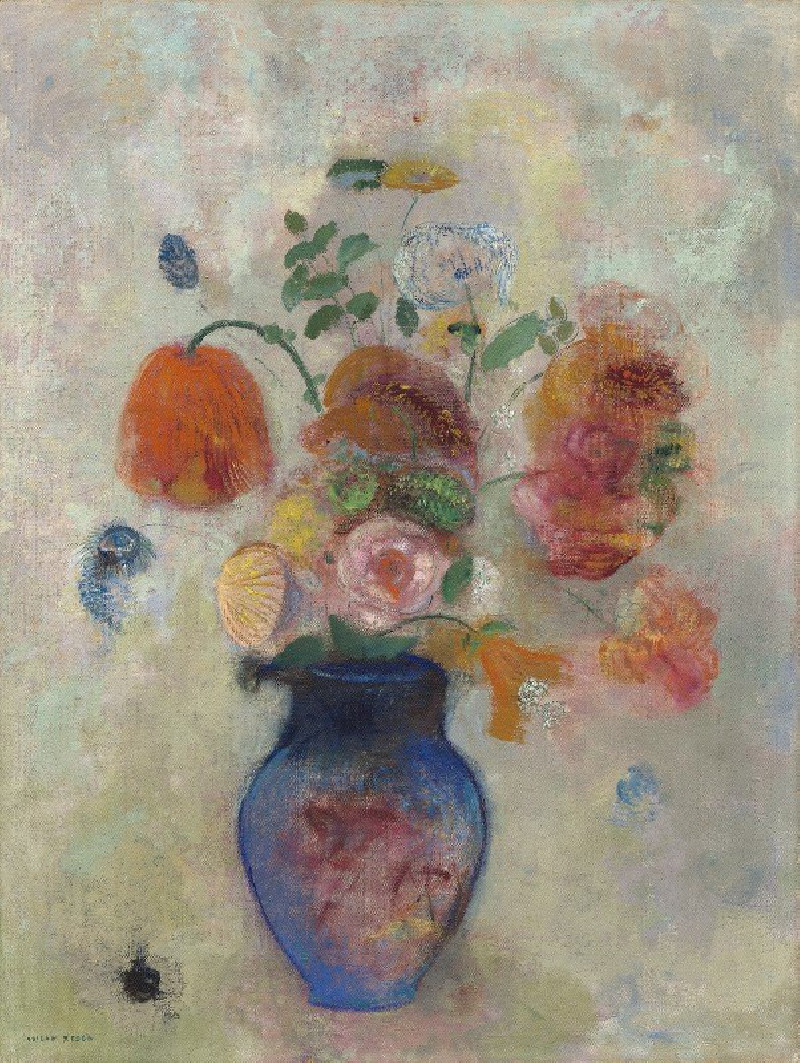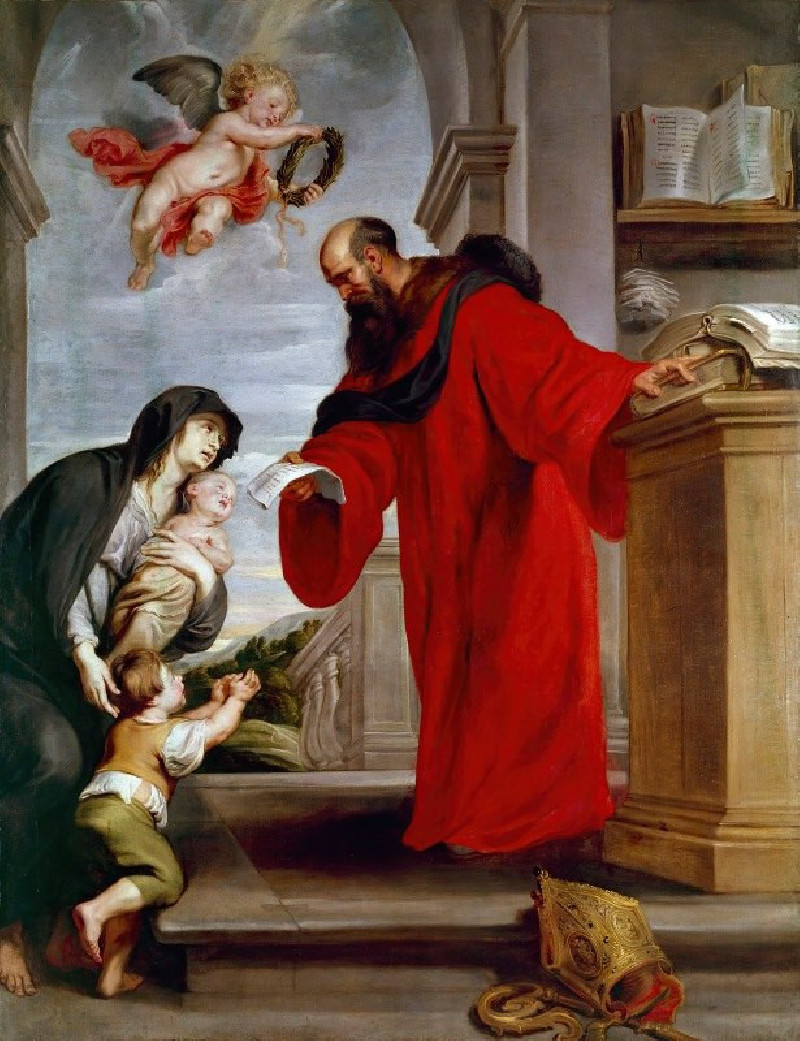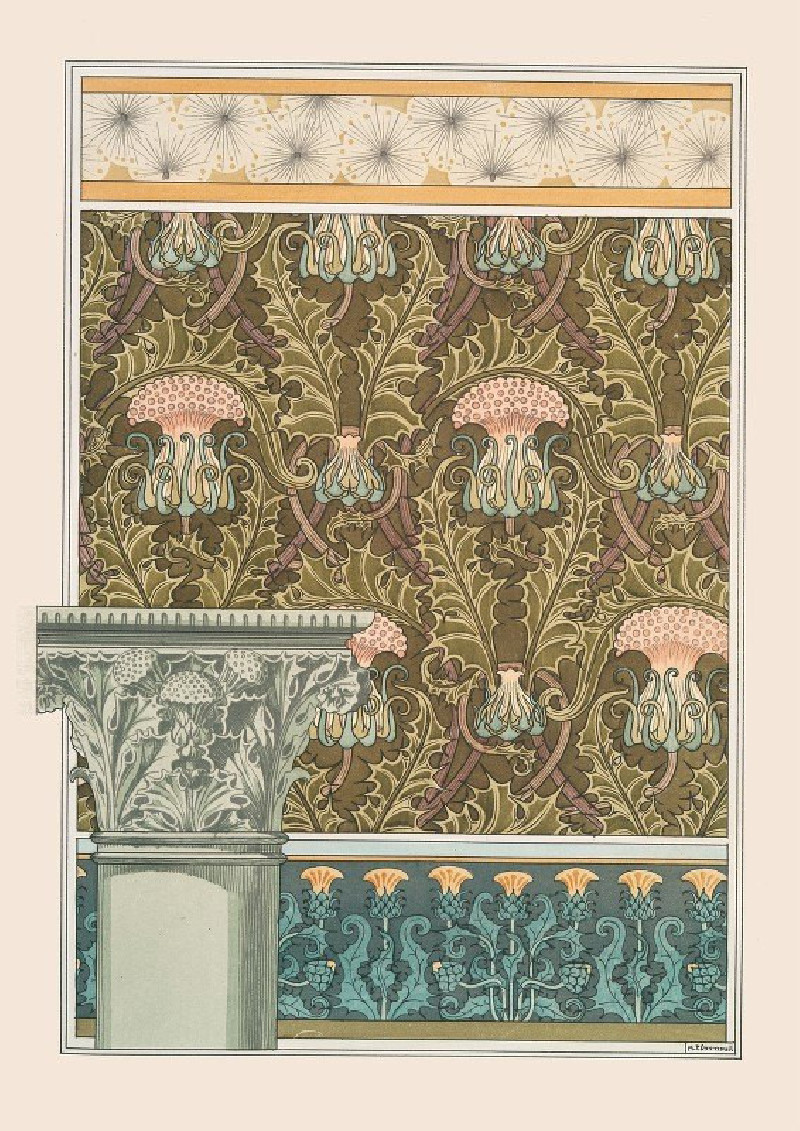Battle Scene (c. 1645-1646)
Technique: Giclée quality print
Recommended by our customers
More about this artwork
Explore a stunning depiction of chaos and valor in Philips Wouwerman's painting "Battle Scene" (circa 1645-1646). This remarkable artwork showcases Wouwerman's mastery in capturing the tumultuous dynamism of a battlefield. The painting vividly portrays a scene teeming with movement, where the clashing lives of soldiers and the steeds they ride upon weave a tale of intense action and raw human emotion.The foreground of the painting is dominated by a swirling melee of cavalry and infantry. Central to the composition is a striking white horse, rearing amidst the upheaval, contrasting starkly against the more subdued colors of its surroundings. The rider, clad in vibrant attire, brandishes a truncheon, driving home the ferocity and immediacy of combat. Around this central figure, other combatants, some astride horses and others on foot, engage fiercely, their expressions and postures echoing the chaos of war.The background melds into a haze of dust and smoke, creating an atmospheric effect that emphasizes the confusion and frenzied nature of the battlefield. Trees and flags partially obscured by the turmoil add depth to the scene, suggesting the larger scale of the conflict extending beyond the immediate foreground."Battle Scene" by Philips Wouwerman is not merely a historical recount of warfare; it is a powerful artistic exploration of the human condition amidst adversity. Each brushstroke serves to evoke the tumult of emotions - from courage to fear, aggression to desperation - reflective of the universal and timeless nature of conflict.Displayed at our museum, this painting invites viewers to delve into the historical past, offering a visceral connection to the complexities of military engagement during the Baroque period.
Delivery
Returns
Philips Wouwerman (also Wouwermans) was a Dutch painter of hunting, landscape and battle scenes.
Philips Wouwerman was one of the most versatile and prolific artists of the Dutch Golden Age. Embedded in the artistic environment and tradition of his home town of Haarlem, Wouwerman made an important and highly influential contribution to the canon of seventeenth-century Dutch painting.

